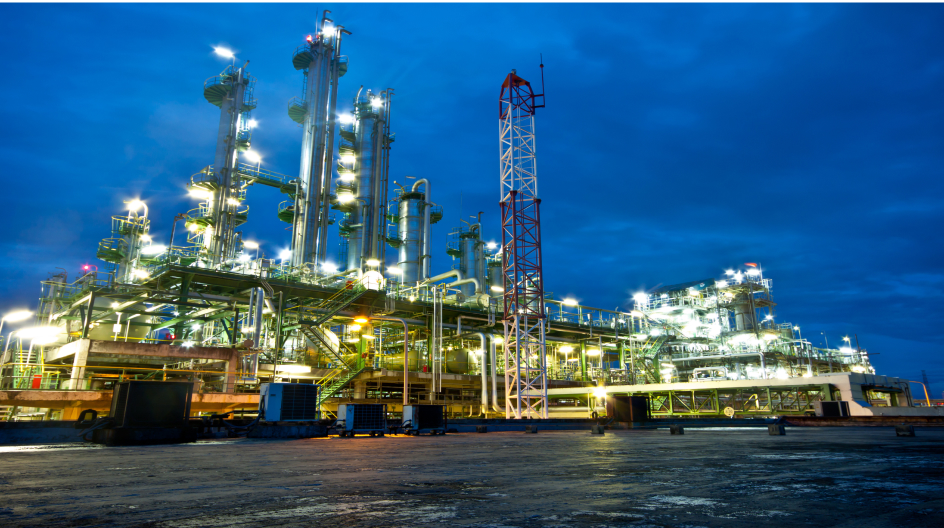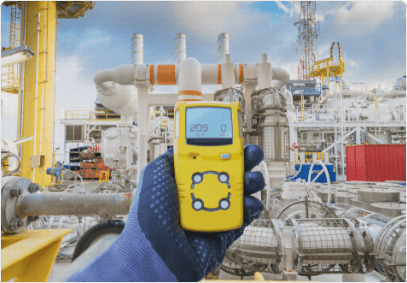Not known Factual Statements About Roar Solutions
Not known Factual Statements About Roar Solutions
Blog Article
The Main Principles Of Roar Solutions
Table of ContentsRoar Solutions Fundamentals ExplainedThe Roar Solutions DiariesRoar Solutions - The Facts
In order to secure installments from a prospective explosion an approach of evaluating and classifying a possibly dangerous location is required. The objective of this is to ensure the correct option and installation of tools to eventually prevent a surge and to make certain safety and security of life.
(https://www.bark.com/en/au/company/roar-solutions/Bz3O1R/)
No equipment must be set up where the surface area temperature level of the devices is above the ignition temperature of the given hazard. Below are some typical dirt unsafe and their minimal ignition temperature level. Coal Dirt 380C 225C Polythene 420C (thaws) Methyl Cellulose 420C 320C Starch 460C 435C Flour 490C 340C Sugar 490C 460C Grain Dust 510C 300C Phenolic Resin 530C > 450C Aluminium 590C > 450C PVC 700C > 450C Residue 810C 570C The likelihood of the hazard being present in a focus high adequate to trigger an ignition will certainly differ from place to place.
In order to identify this risk a setup is divided into locations of danger depending upon the quantity of time the unsafe is existing. These areas are referred to as Zones. For gases and vapours and dirts and fibers there are 3 areas. Area 0 Area 20 An unsafe environment is extremely likely to be present and might exist for lengthy durations of time (> 1000 hours each year) and even continually Area 1 Area 21 A harmful environment is possible however unlikely to be existing for lengthy periods of time (> 10 450 C [842 F] A classification of T6 means the minimal ignition temperature is > 85 C [185 F] Dangerous location electric devices maybe developed for use in greater ambient temperatures. This would indicated on the ranking plate e.g. EExe II C T3 Ta + 60C( This indicates at 60C ambient T3 will not be gone beyond) T1 T1, T2, T3, T4, T5, T6 T2 T2, T3, T4, T5, T6 T3 T3, T4, T5, T6 T4 T4, T5, T6 T5 T5, T6 T6 T6 A T Course rating of T1 suggests the maximum surface area temperature created by the instrument at 40 C is 450 C. Thinking the connected T Class and Temperature rating for the devices are ideal for the location, you can constantly make use of a tool with a much more stringent Department score than required for the area. There isn't a clear solution to this question. It truly does depend on the sort of equipment and what fixings require to be brought out. Tools with particular test procedures that can not be performed in the area in order to achieve/maintain third event rating. Need to come back to the factory if it is prior to the tools's service. Field Repair Work By Authorised Employee: Complicated testing might not be called for however specific procedures might need to be complied with in order for the tools to preserve its 3rd party ranking. Authorised workers need to be used to perform the work properly Repair have to be a like for like substitute. New part should be considered as a direct replacement needing no unique screening of the devices after the fixing is full. Each piece of equipment with an unsafe score must be evaluated independently. These are detailed at a high degree below, but for more in-depth info, please refer directly to the guidelines.
All about Roar Solutions
The equipment register is a thorough database of devices records that consists of a minimum collection of fields to recognize each product's area, technological specifications, Ex classification, age, and ecological data. This details is vital for tracking and handling the equipment efficiently within hazardous areas. On the other hand, for periodic or RBI tasting inspections, the quality will certainly be a combination of In-depth and Close examinations. The ratio of In-depth to Close evaluations will certainly be determined by the Devices Threat, which is analyzed based on ignition danger (the chance of a resource of ignition versus the possibility of a flammable atmosphere )and the harmful location category
( Area 0, 1, or 2). This variant will additionally influence the resourcing demands for job prep work. Once Great deals are defined, you can establish tasting strategies based upon the sample size of each Great deal, which refers to the number of random devices products to be inspected. To identify the needed sample size, two aspects require to be examined: the size of the Great deal and the classification of examination, which shows the degree of effort that need to be used( lowered, normal, or increased )to the evaluation of the Great deal. By combining the classification of assessment with the Lot dimension, you can after that establish the proper rejection criteria for a sample, implying the allowable variety of malfunctioning products found within that sample. For more information on this process, please refer to the Energy Institute Standards. The IEC 60079 basic suggests that the maximum period between examinations ought to not go beyond 3 years. EEHA assessments will likewise be conducted outside of RBI projects as component of arranged maintenance and tools overhauls or fixings. These examinations can be attributed toward the RBI sample sizes within the influenced Great deals. EEHA evaluations are carried out to identify mistakes in electric tools. A weighted racking up system is crucial, as a solitary tool might have several mistakes, each with varying levels of ignition risk. If the combined rating of both assessments is less than twice the mistake score, the Whole lot is considered acceptable. If the Whole lot Recommended Site is still thought about undesirable, it needs to undergo a complete evaluation or justification, which might set off more stringent inspection protocols. Accepted Whole lot: The sources of any kind of mistakes are recognized. If a common failure setting is located, additional tools may call for maintenance. Faults are identified by severity( Security, Honesty, House cleaning ), making certain that immediate concerns are assessed and attended to immediately to reduce any kind of influence on safety or operations. The EEHA data source need to track and tape the lifecycle of mistakes in addition to the rehabilitative actions taken. Executing a durable Risk-Based Inspection( RBI )strategy is essential for making sure compliance and security in taking care of Electric Tools in Hazardous Areas( EEHA) (hazardous area course). Automated Mistake Scoring and Lifecycle Monitoring: Effortlessly take care of faults and track their lifecycle to enhance examination accuracy. The introduction of this support for risk-based inspection additionally reinforces Inspectivity's placement as a best-in-class remedy for governing conformity, along with for any kind of asset-centric assessment usage case. If you want discovering more, we welcome you to ask for a demonstration and discover just how our service can transform your EEHA monitoring procedures.
Fascination About Roar Solutions

In terms of eruptive danger, a dangerous area is a setting in which an explosive environment is present (or might be expected to be present) in amounts that need unique precautions for the building and construction, installment and usage of equipment. Roar Training Solutions. In this write-up we check out the challenges faced in the work environment, the risk control steps, and the required proficiencies to work safely
It is a consequence of modern-day life that we manufacture, store or handle a variety of gases or fluids that are deemed combustible, and a series of dirts that are deemed flammable. These compounds can, in certain problems, create explosive environments and these can have major and tragic consequences. The majority of us are acquainted with the fire triangle remove any type of one of the 3 components and the fire can not occur, however what does this mean in the context of unsafe areas? When damaging this down into its easiest terms it is basically: a mix of a particular quantity of release or leakage of a particular compound or product, blending with ambient oxygen, and the visibility of a resource of ignition.
In many instances, we can do little regarding the degrees of oxygen airborne, yet we can have considerable impact on resources of ignition, as an example electrical tools. Dangerous locations are documented on the dangerous area classification illustration and are identified on-site by the triangular "EX" sign. Right here, among other essential info, areas are divided into three types depending upon the risk, the possibility and duration that an explosive atmosphere will certainly exist; Area 0 or 20 is regarded one of the most unsafe and Zone 2 or 22 is considered the least.
Report this page